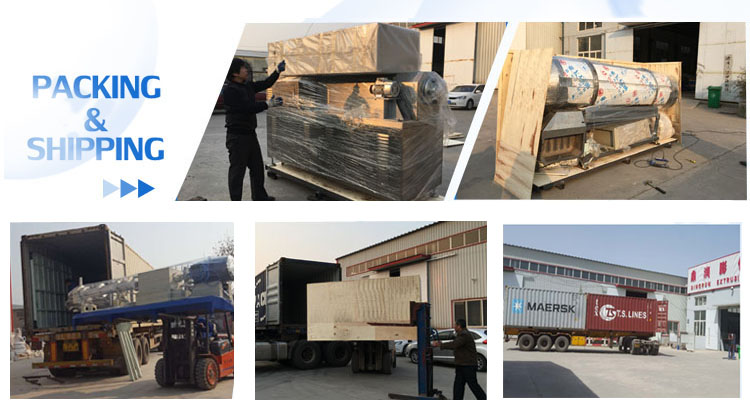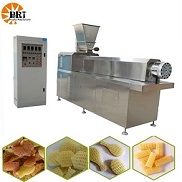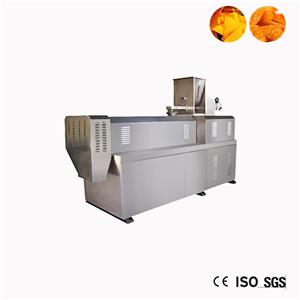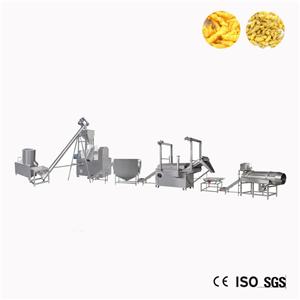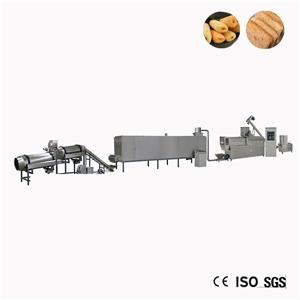Inspection and maintenance safety operation procedures
1. All operators must be familiar with the safety and safety operation procedures of the post and the mechanical equipment they operate, be familiar with the engineering construction and safety technical procedures stipulated by the relevant industry, abide by rules and disciplines, obey commands, and standardize operations.
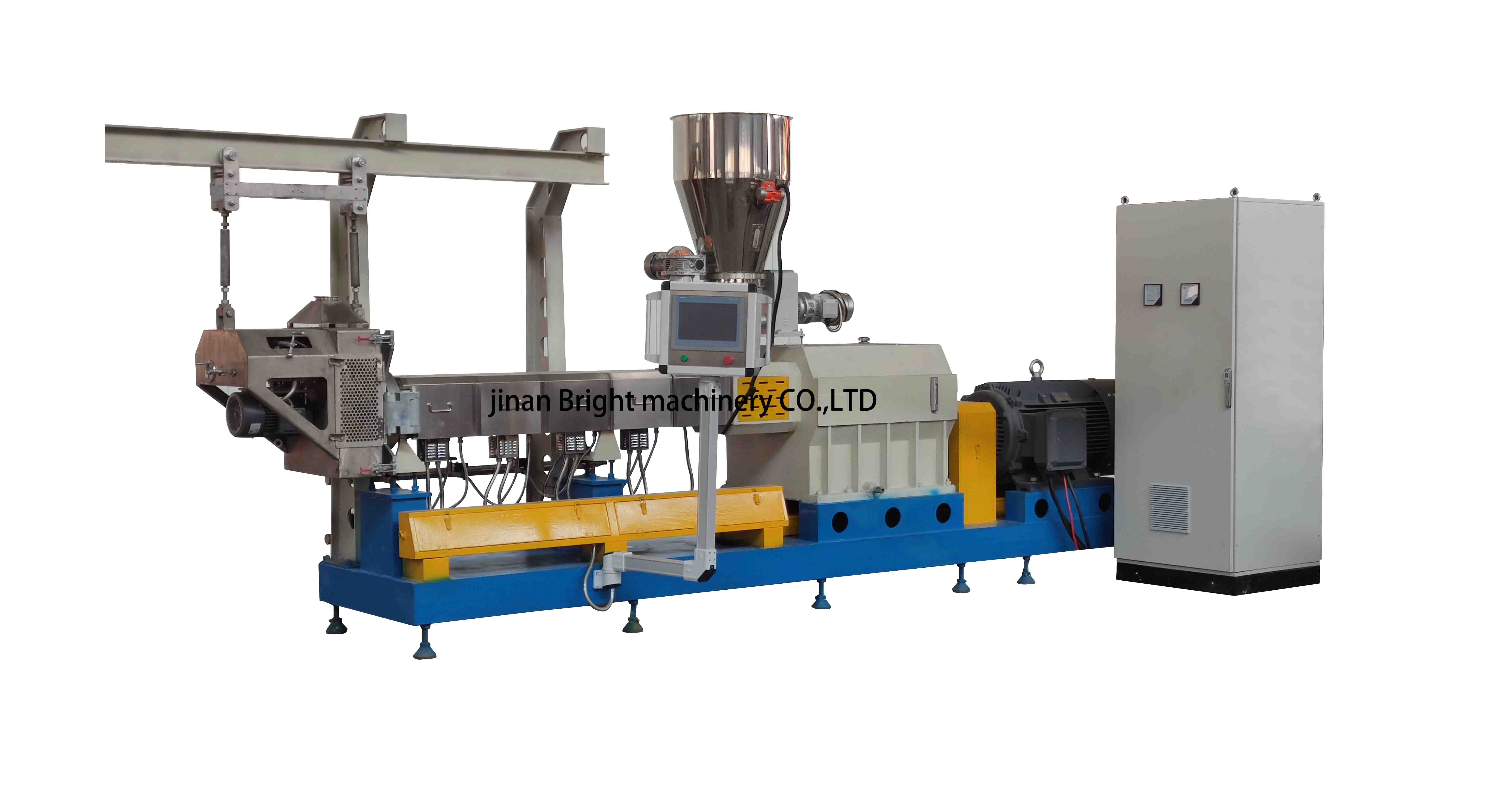
2. When new technologies, processes, materials or equipment are used in construction, corresponding safety technical measures must be formulated and relevant personnel must be trained.
3. The equipment must be regularly inspected and tested. In any case, the safety facilities and accessories must be complete, sensitive and reliable.
4. Master and check the performance of the tools and equipment used during maintenance, and confirm whether they are in good condition before use.
5. The high-voltage distribution room and all distribution facilities should achieve "four prevention and one connection" (, (fire prevention, rain and snow prevention, flood prevention, small animal intrusion prevention and good ventilation).
6. Conscientiously implement the principle of "maintenance first, maintenance supplemented", and implement the responsibility of each equipment to the post.
7. Strengthen on-the-job training, and operators should achieve four understandings and four abilities.
Four understandings: understand structure, principle, performance and purpose.
Four skills: be able to use, repair, maintain and troubleshoot.

8. All equipment must be powered off before maintenance. Hang the "maintenance in progress, do not switch on" sign at the main switch position. Live operation is strictly prohibited.
9. The working environment should be dry and tidy, the passage should not be blocked, and the tools should be placed neatly.
10. In the maintenance of multi person operation, it is necessary to determine the commander-in-chief and follow the arrangement uniformly.
11. Do not touch the metal shell of the faulty equipment with your hand before commissioning, but use the electric pen to confirm that there is no electricity before operation.
12. When wiring three-phase motor equipment, we should consider whether the wrong connection and reverse rotation of the line will cause equipment damage.
13. When replacing accessories, make sure that the specifications and models are the same, and the replaced accessories must be brought back to the company for unified treatment.
14. The equipment fuse cannot be replaced by copper wire or other metal objects, and the control circuit cannot be shorted.
15. When power on test is required after line maintenance, ensure that no metal objects cause short circuit.
16. Cleaning oil, lubricating grease and waste grease must be stored in a designated place. Waste oil and cotton yarn are not allowed to be thrown everywhere.
17. After the equipment is overhauled, it must be operated continuously for many times before leaving without failure.
18. The main maintenance methods are "cleaning, fastening, alignment, corrosion prevention, antifreeze and appearance and surface inspection". For long-term running equipment, daily patrol inspection shall be carried out, and the operation of the equipment shall be judged by means of ear hearing, eye seeing, nose smelling, hand touching, etc.
19. Cleaning: the dust in the atmosphere entering the equipment will accelerate the wear and tear of the equipment and cause local blockage. It will also cause the deterioration of lubricants and the corrosion of the equipment, resulting in the decline of the technical performance of the equipment and the increase of noise. Therefore, equipment cleaning seems simple, but it is actually a very important way of maintenance.
20. Fastening: after the equipment has been operated for quite a period of time, due to repeated start-up and stop and vibration during operation, the fasteners of anchor bolts and other connecting parts may loosen, resulting in greater vibration of the equipment, until the nut falls off, the connection size is misaligned, the equipment is displaced, and the sealing surface is not in strict contact, resulting in leakage and other faults. Therefore, the tightness of the equipment must be checked frequently. When tightening and adjusting, the force should be even and appropriate, and the tightening sequence should be carried out according to the regulations to ensure that the tightening is effective.
21. Lubrication: lubrication management is an important link for correct use and maintenance. There are strict regulations on the model, variety, quality, lubrication method, oil pressure and refueling of lubricating oil. Lubrication management requires "five determinations", that is, to determine the person, quality, timing, fixed point and quantity. And formulate corresponding lubrication management system, establish lubrication station and lubrication card. In addition, there should be a reasonable plan for the cleaning and oil change of equipment to ensure the normal implementation of lubrication management.
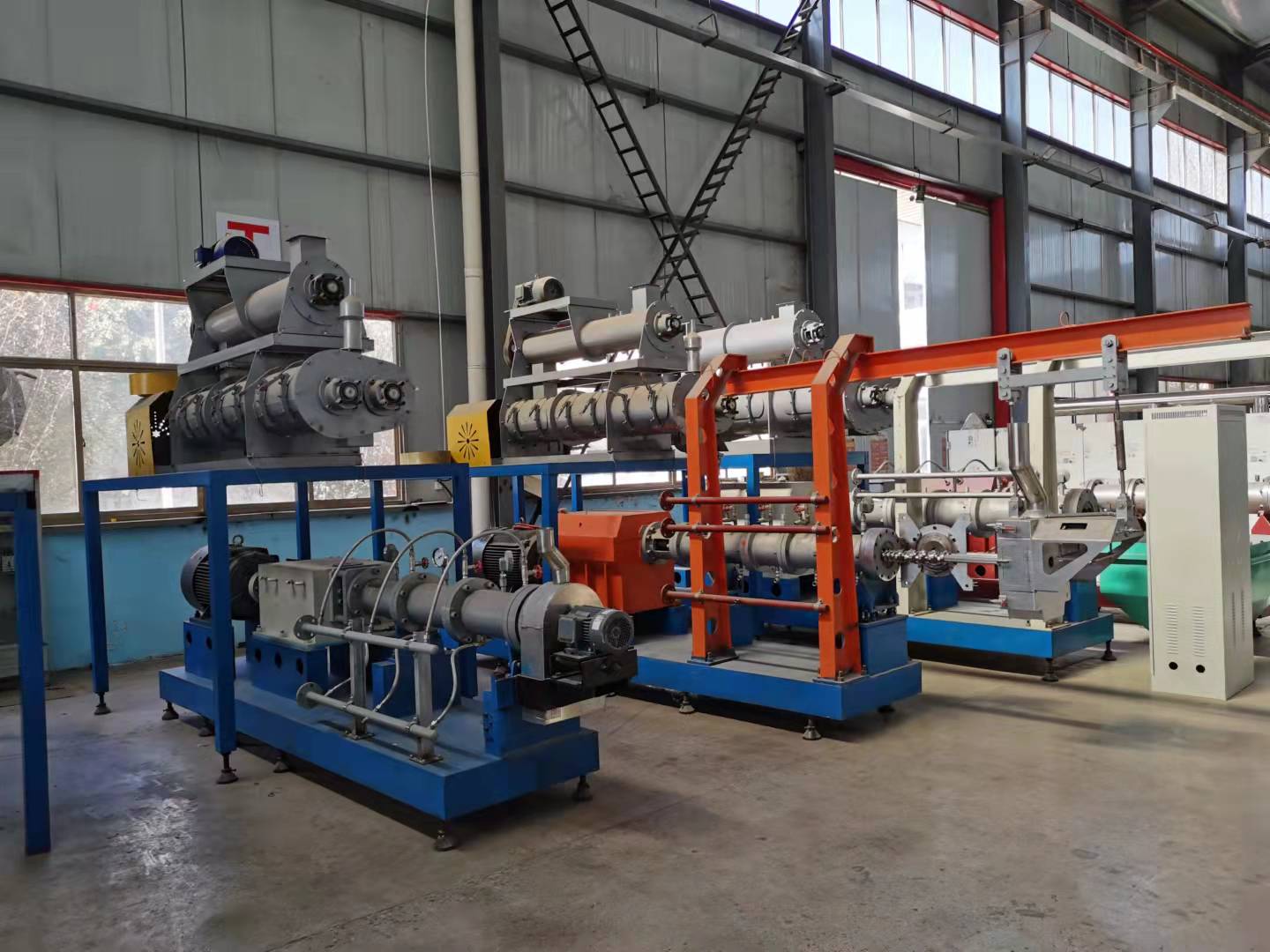
22. Adjustment: the relative position and clearance between equipment parts are scientifically specified. Due to the vibration factors of the equipment, the relative size between parts will change, which is easy to produce abnormal dislocation and collision, resulting in wear, heating, noise, vibration and even damage of the equipment. Therefore, it is necessary to conduct quantitative management, regular measurement and adjustment of relevant positions and gap dimensions. And tighten it after alignment.
23. Appearance and surface inspection: it refers to visual or measurement observation and inspection from the appearance of the equipment. The contents include: whether the appearance of the equipment is damaged or cracked, and whether the wear is within the allowable range; Whether the operating parameters of temperature and pressure are normal; Whether the motor is overloaded or overheated; Whether the transmission belt breaks or falls off, and whether the vibration and noise are abnormal; Whether there is leakage on the sealing surface of the equipment; Whether the equipment is rusted; Check whether the insulation layer is damaged. At the same time, different maintenance methods should be adopted for different types of equipment according to their use characteristics. For example, air conditioning equipment should be checked and maintained before seasonal changes; For water tank equipment, it is necessary to clean and change water regularly.

